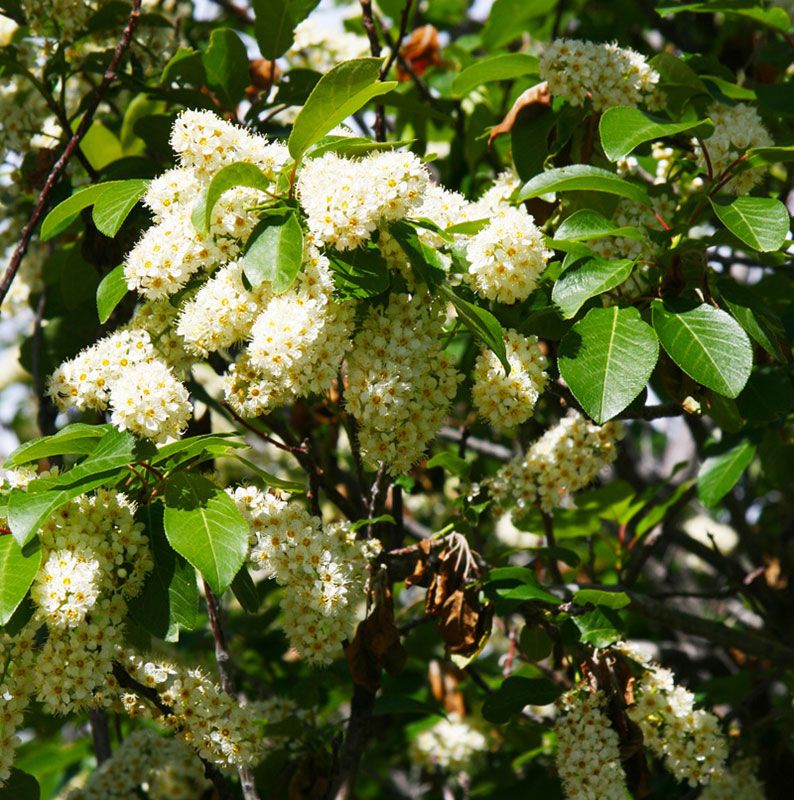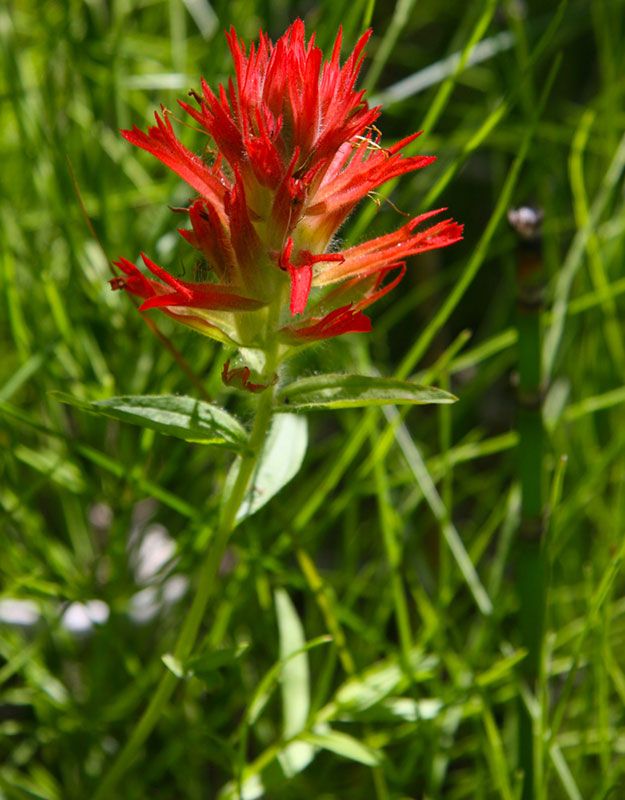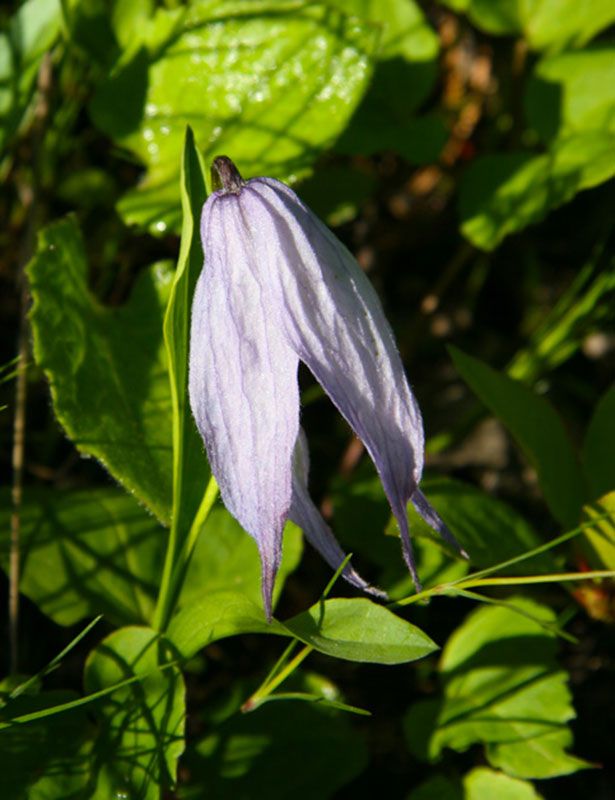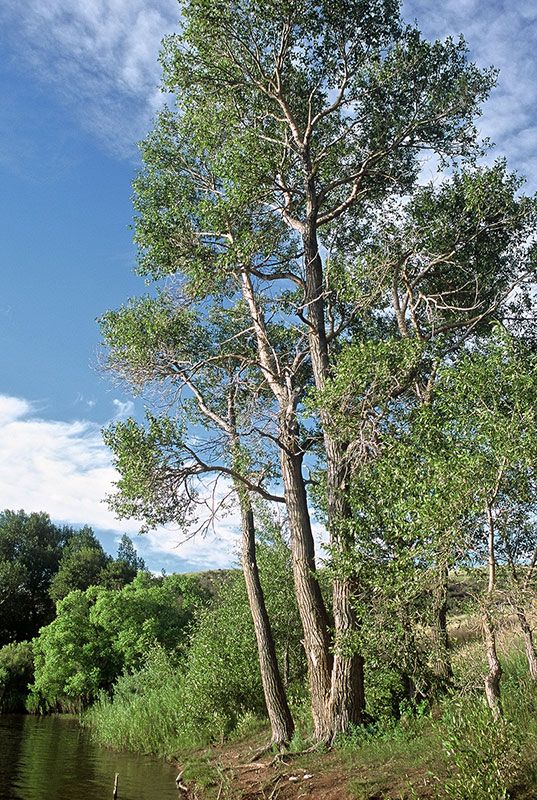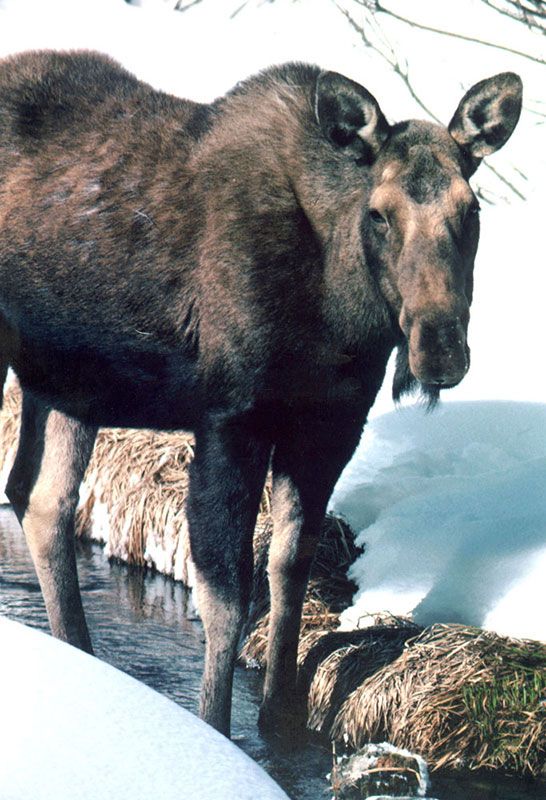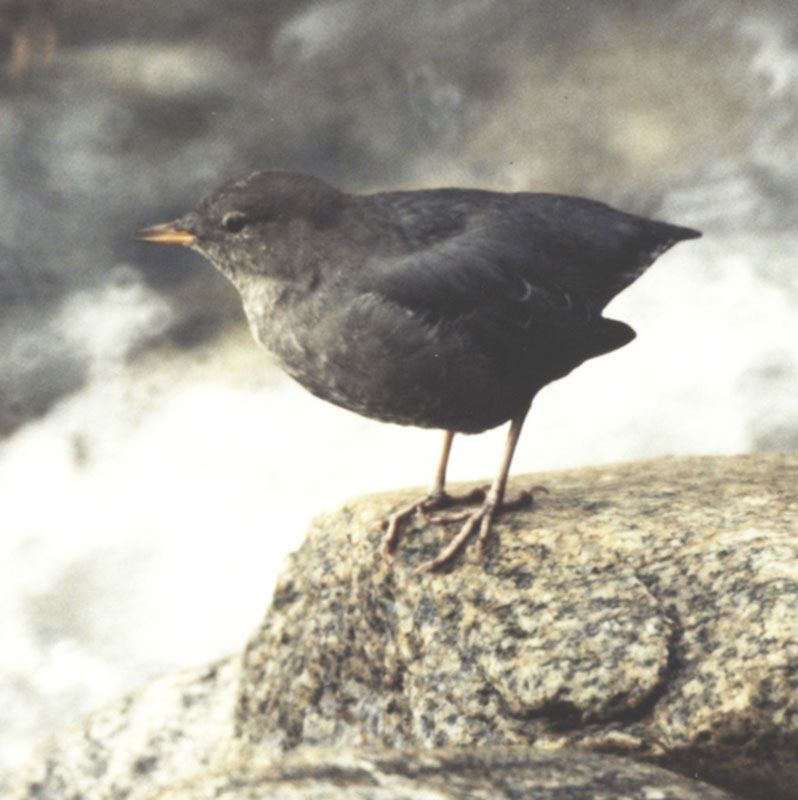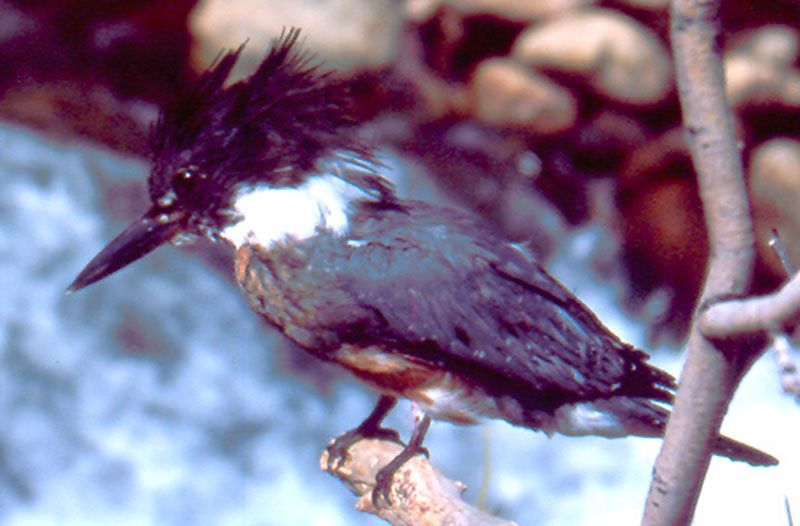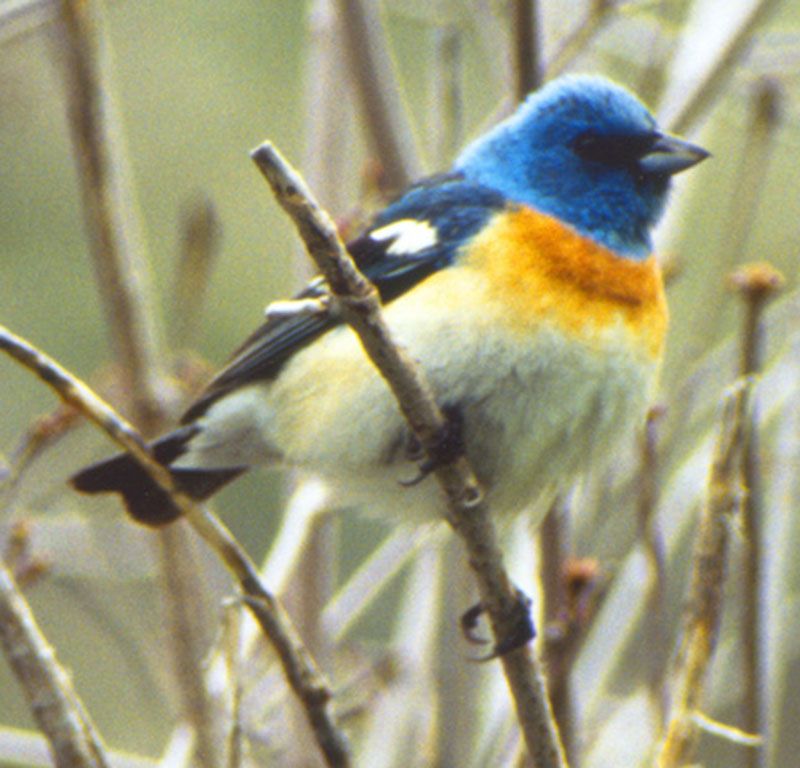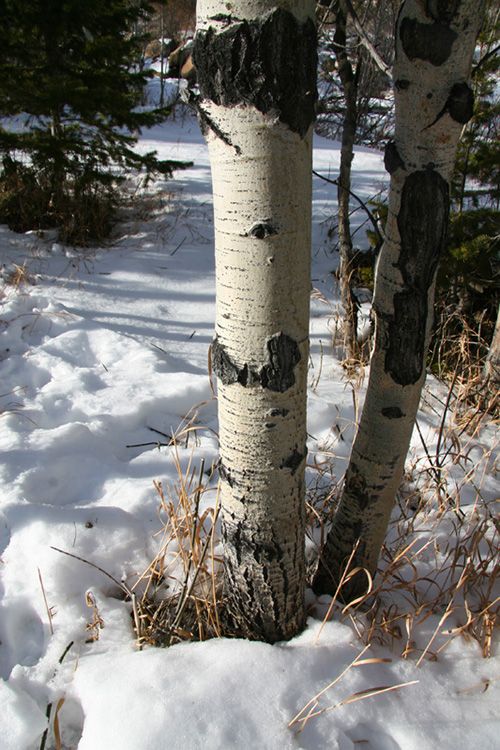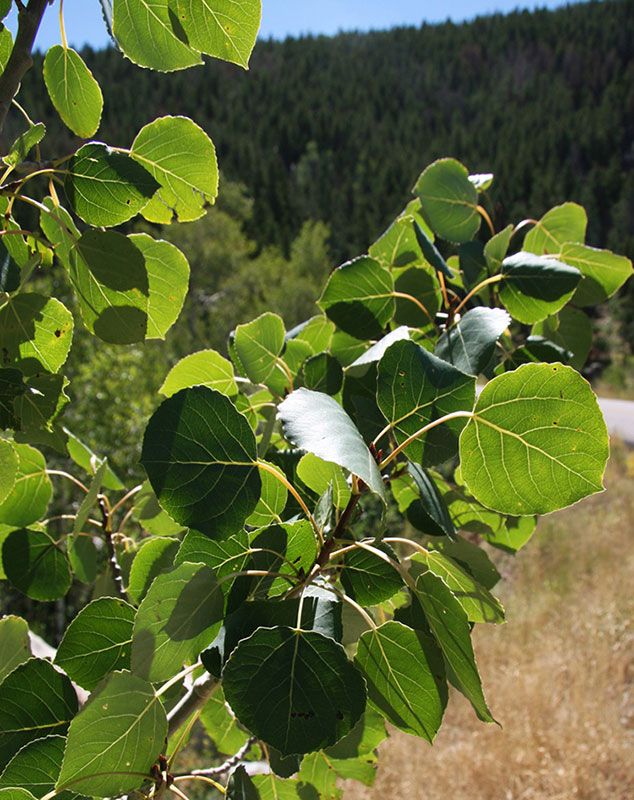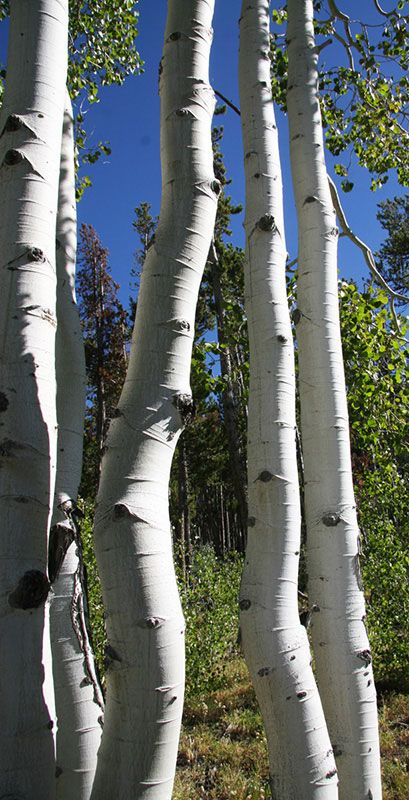The Riparian Zone
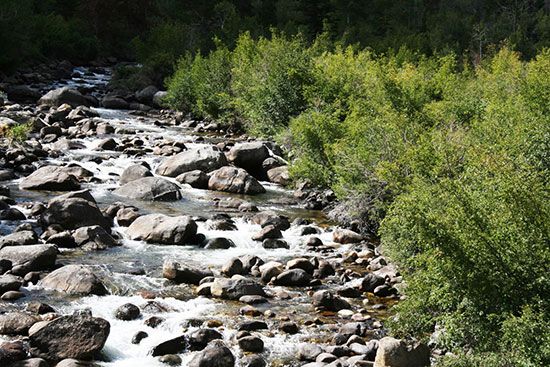
The Popo Agie river running through Sinks Canyon supports an important riparian ecosystem. Riparian, or riverside areas have a high water table allowing plants easy access to water, leading to lush growth near streams and lakes. The diversity of plants attracts a wide variety of birds and animals. Riparian zones provide food, cover and travel corridors for fish and all other creatures. These zones also stabilize stream flow, remove sediments and help dissipate flood waters. In Wyoming only a fraction of the land is in a riparian zone making them crucial for wildlife. The majority of Wyoming’s wildlife are dependant on healthy, clean riparian areas.
Plants
Animals
The moose is the largest member of the deer family. The Shiras Moose is the species found in the Rocky Mountains. Moose are seen along the Popo Agie, eating the abundant vegetation growing around the river. The moose may appear awkward, but it is well adapted to its environment. The long legs allow the moose to step over downed logs and cross streams. The legs are positioned so that when a step is taken each leg is raised straight up making it easier to move in deep water or snow. The conspicuous “bell” hanging from the throat of both males and females is a secondary sexual characteristic.
Aspen Grove
Aspens grow at elevations from 5,600 feet to timberline. They usually grow in riparian areas or places that have heavy snow in the winter. The trees are called quaking aspens because the heart-shaped leaf flutters in the slightest breeze. The leaves are dark green above and light green below which makes them appear to shimmer in the wind. Aspens are one of the first trees to re-colonize an area after a fire or other disturbance. Aspens produce seeds, but most reproduce by sending up runners from their shallow root system. In an aspen grove there may be many trees, but they are probably all from the same root system, and therefore part of the same tree.
Aspens can live longer than 200 years. The rough dark areas on the trunks are scars from age and injuries. Broad-tailed Hummingbirds feed on the abundant flowers around aspen groves, and the red-napped sapsucker feeds on sap from holes it bores in the trees. Many other birds nest in the crowns. Two large rodents that are fond of aspen are porcupine and beaver. Both eat aspen bark and beaver use the trees to build their lodges and dams.

